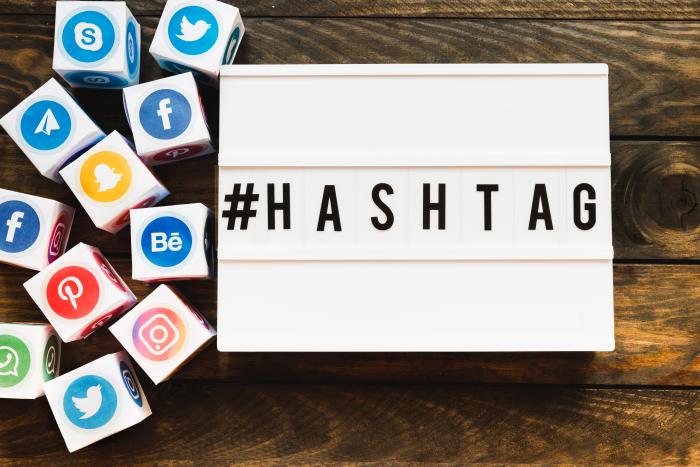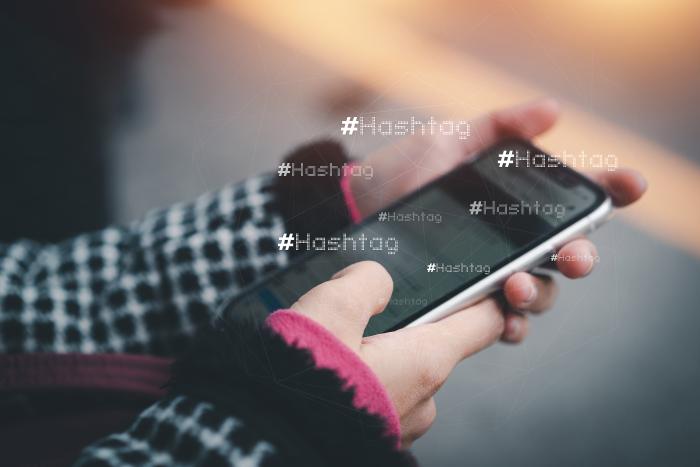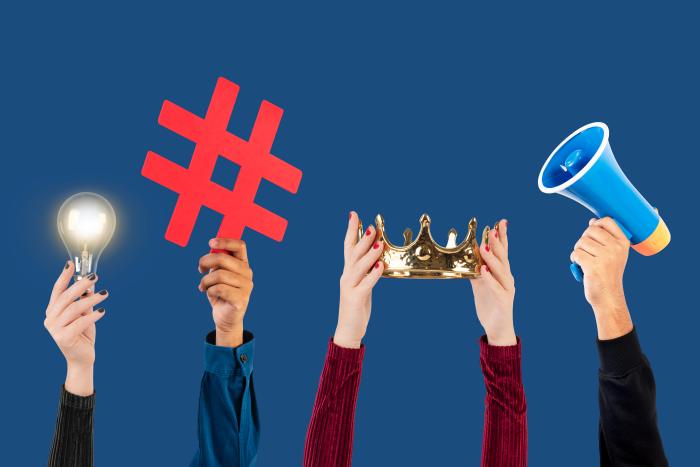- Home

Table of Contents
Toggle


- Use sparingly—1-2 hashtags per post is sufficient.
- Focus on engagement—connect with events or campaigns. (See more on our Facebook Ads services)
Related Reading: How to Start as a Digital Marketer on Instagram
- Use more—up to 30 allowed; 9-11 is optimal.
- Mix broad and specific hashtags for wider reach.
- Research trending hashtags regularly to refine strategy.
- Limit to 1-2 hashtags due to 280-character limit.
- Keep hashtags clear and directly tied to the tweet’s content.
- Ensure hashtags align with content relevance—don’t chase trends for unrelated posts.
- Use 3-5 well-targeted hashtags to attract your desired audience.

บริษัท Digital Marketing Agency ที่มีประสิทธิภาพสูงพร้อมให้บริการธุรกิจของคุณด้วยความเป็นมืออาชีพ เพื่อให้แบรนด์ธุรกิจของคุณประสบความสำเร็จกับแคมเปญการตลาดออนไลน์